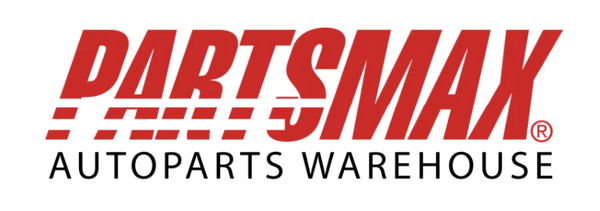DIY Wheels and Tires Installation: An Essential Guide
Tires that offer tighter road grips and wheels that promptly respond to your braking system can feel so good to ride on. These two vital components in your car’s architecture improve performance, ensure safety, and guarantee your vehicle’s longevity and performance. Sometimes, fixing wheels and tires can seem more convenient than getting your mechanic to do it for you. So, here’s your guide to upgrading wheels and tires to ensure you do it correctly.
Understand the Purpose of the Upgrade
You may want to upgrade your wheels and tires to improve performance for off-road capabilities or make your rides more comfortable and smoother—that can reasonably be the primary aim. However, that may sometimes hardly be the case for some people who only do it for aesthetics, fitment, compatibility, or simply to customize their vehicle’s wheels. These are only a few reasons for wanting to upgrade your tires and wheels and understanding why can help you pick the most suitable type.
Remember, tires come in different fittings and designs, so it’s best to be more aware of your required wheel size, bolt pattern, load capacity, and offset. Your tire and wheel provider should guide you on picking ideal tires and wheels if you find it quite challenging to choose one yourself, which facilitates the process.
Gather the Necessary Tools and Equipment
Replacing tires and wheels can be quite a task, so you should brace yourself with all essentials you may need. Your tire-and-wheel upgrading arsenal should comprise a lag and torque wrench, jack and jack stands, valve stem tool, and tire iron. Moreover, ensure that you have wheel chocks to prevent your vehicle from moving during the installation and a tire pressure gauge to accurately measure your tires’ air pressure.
It’d also help to have a rubber mallet to tap the tires into place during the installation and a wheel cleaner and brush for cleaning the wheels and tires if necessary. Afterward, you should find a suitable workspace that’s level and well-lit to work on your vehicle. Please don’t forget to wear protective gear to keep yourself safe.
Remove the Old Wheels and Install New Ones Before Inflating
Once your workplace is set up, loosen the nuts using your lug wrench. Afterward, place the jack on the jack stands before turning the lever to raise your vehicle. You can remove the nut lugs before sliding the old tires and wheels off.
To install the new tires having the correct specifications, align them with the wheel studs on your vehicle’s hub before sliding them in. You can use your torque wrench to help you tighten the lug nuts in a cross pattern. That should ensure that you evenly distribute the torque. You can then inflate the tires, but please ensure you do it according to your manufacturer’s recommended specifications. Your pressure gauge can be more practical in accurately measuring the pressure, adjusting when necessary.

Verify Wheel Balance and Double-Check the Connections
If you’re skilled enough, you can verify the wheel balance without the help of a professional. However, it’s highly recommended you consult an expert to do it for you. Wheel balance helps maintain optimal performance, ensures safety and comfort, and offers a unique experience by providing proper suspension and component stress by eliminating vibrations.
A professional can be handy if you don’t know your way around verifying wheel balance, and they can also help double-check connections to ensure a smoother ride. That means ensuring all lug nuts are adequately tightened, and the valve stems accurately positioned.
Test and Assess the Installation for Success
A little test drive should inform you whether or not your tire and wheel upgrade was successful or whack. A high chance of success exists if you have the experience and understand how to fix vehicle tires and wheels. During the testing, it’s prudent to be keen on uncharacteristic vibrations, handling issues, and noises that signal abnormalities. If so, you may need a professional to redo the installation or repeat the process.
Please don’t forget to do regular maintenance and checks after the installation. Ensure you check for any signs of wear and tear on your tires or wheel damage. That should ensure that your vehicle operates consistently better.
Consult with Partsmax auto warehouse
Are you looking to purchase durable and reliable tires or aftermarket auto parts for your vehicle? Stop by our store if you’re in Florida to order them in person or place your order online for faster service. Our well-versed team of professionals will help you bag the best deal and provide closure for your questions and concerns.


